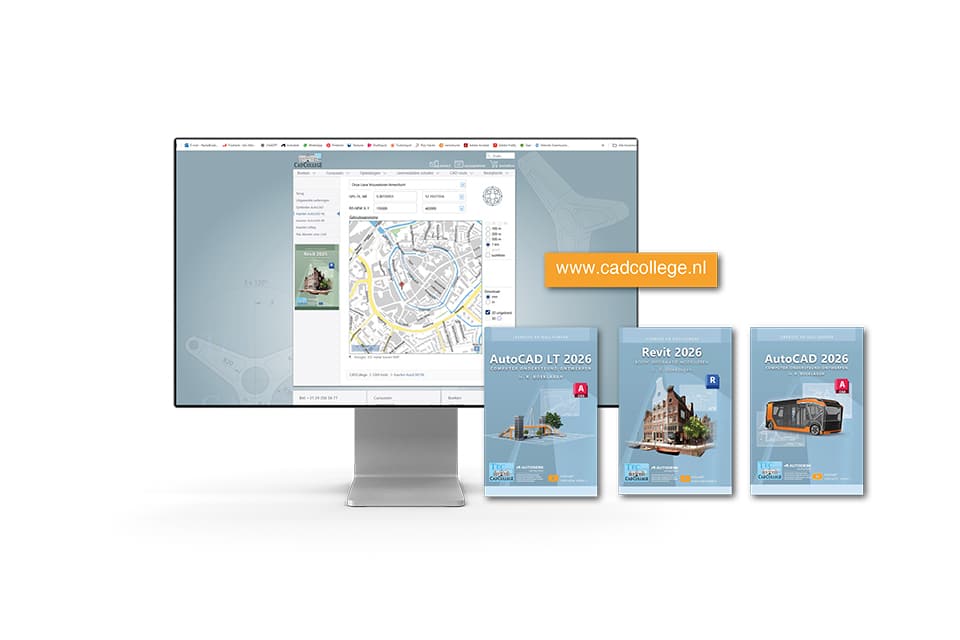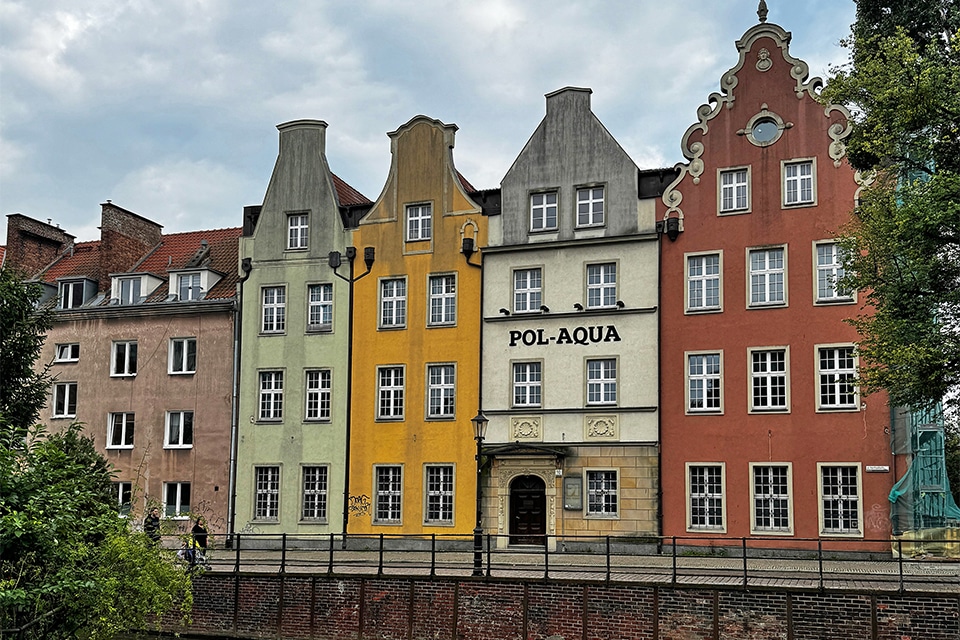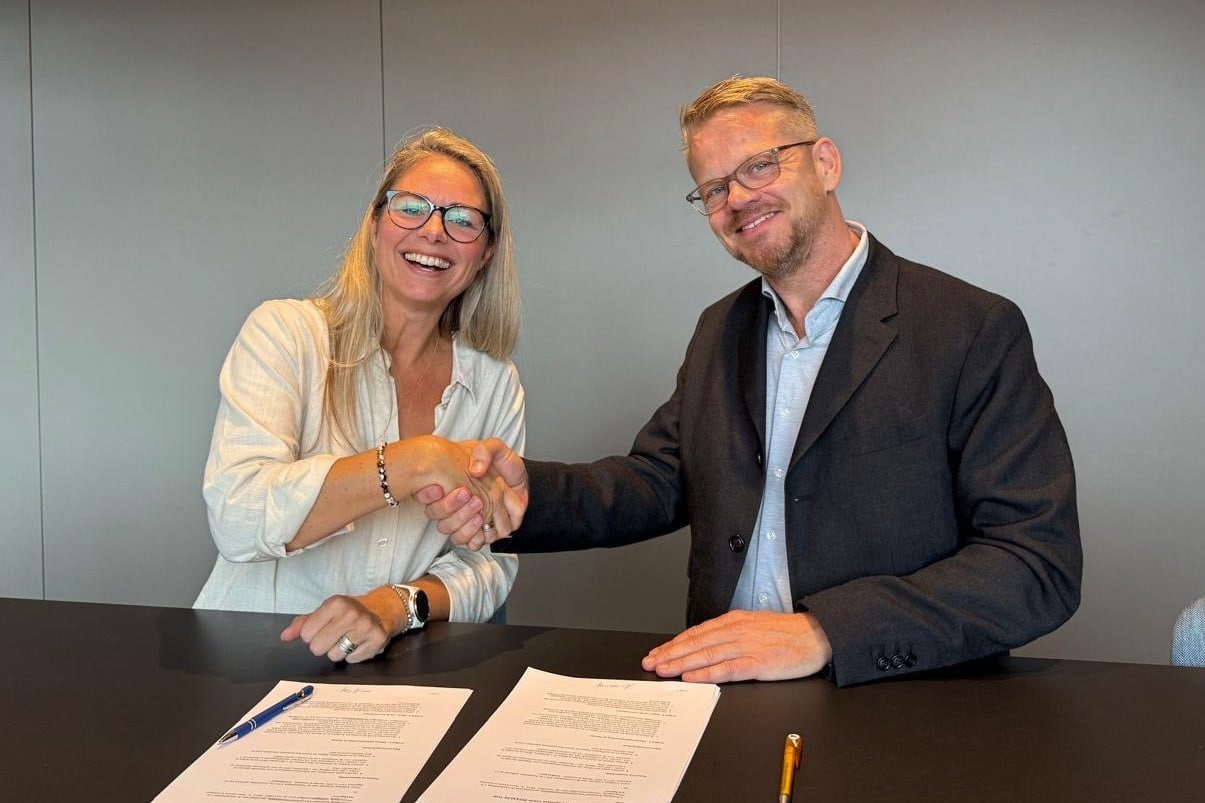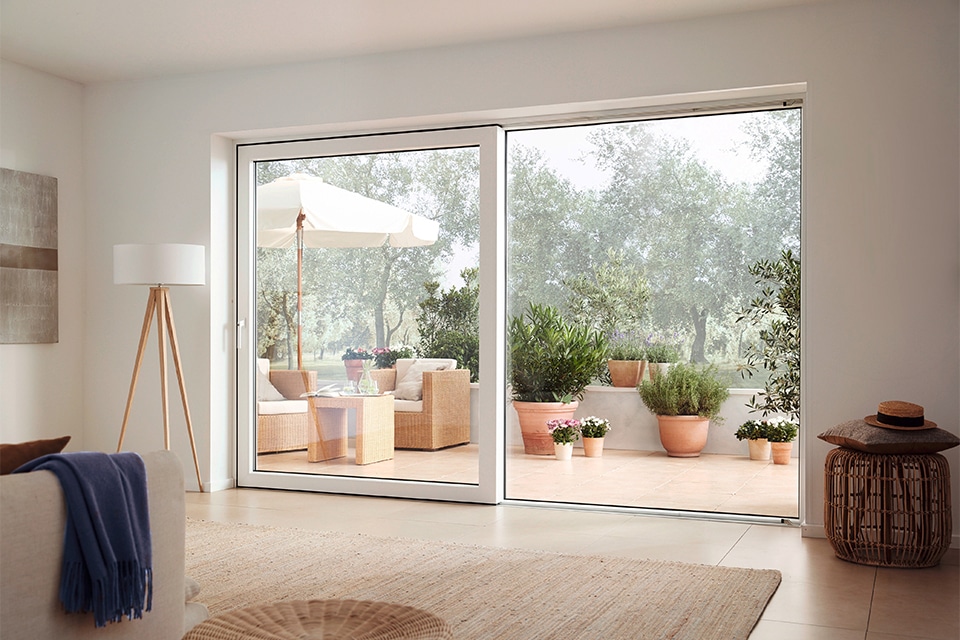
Studio culture, search for human connection
In a blog series for ArchiComm, Colliers creative director Geoffrey Timmer discusses current themes and issues that affect the process and culture within which designs are created. He sees the workplace and work environment as the terrain in which current themes quickly become visible or have a chance to unfold. The second contribution focuses on studio culture.
After the corona pandemic, employers have found it difficult to get their staff to return to the office. In my view, the resistance to returning to the office, a topic that has frequently surfaced in the media since then, is a resistance to obligation, not to reuniting with colleagues or working as a team. Creating beautiful office interiors is not the solution to everything; we need to dig deeper and look at how to make office cultures meet the changing needs and expectations of employees.
I consider the visit to the Stockholm Design Week, early this year, a great gift in retrospect. With the entire team we were together for several days but outside the (digital) working environment in which we normally find ourselves, our office in Amsterdam-Zuid. We had conversations about the future of our studio, where there was room for sharing and listening to each other's needs.One thing became clear at the time: everyone felt that being physically together made for a closer bond. But where bringing colleagues together was taken for granted for years - everyone just came to work - the conversations in the Swedish capital revealed that my colleagues especially need specific moments, with a clear reason, to get together.
The perfect team according to Google
In 2012, Google launched a search, under the name Aristotle, for "the perfect team. After two years of research among various Google employees, psychological safety emerged as one of the most important issues. And that's where studio culture comes in, because psychological safety occurs in an environment where individuals feel able to express their thoughts, ask questions and show vulnerability without fear of judgement or reprisal.
Moments worth having
The physical space has a great influence on whether users feel connected to each other, think of a stadium or theater. After the experience in Stockholm and my research, I realize more than ever that as designers we must not only design the interior in a way that benefits the studio culture, through specific choices in color and materials and programming the space, for example. Organizing moments during the working day that are worthwhile for everyone in the company or team to attend are also crucial to an optimal studio culture.
New meaning for the office
Being in the office does not automatically create connection. In fact, I would go so far as to say that the mix of home and office work means that while people may share space on the days they are at the office, they become so absorbed in their work and meetings, or in other words, fall into the routines that arise in the workplace, that there is literally and figuratively little room for meaningful contact. Connection between colleagues starts with recognizing and meeting the social expectations of your people. Interior design plays an important and novel role in this process. For it must be aligned with the shared beliefs and values of the workforce. Many employees do not feel comfortable in an office environment. For (high) sensitives, it is too noisy and the question is whether you dare to be vulnerable in an environment where everyone can hear you. Designing an environment that feels safe both physically and psychologically ensures that people can excel within the company. A great challenge that we at Colliers grasp with both hands.




